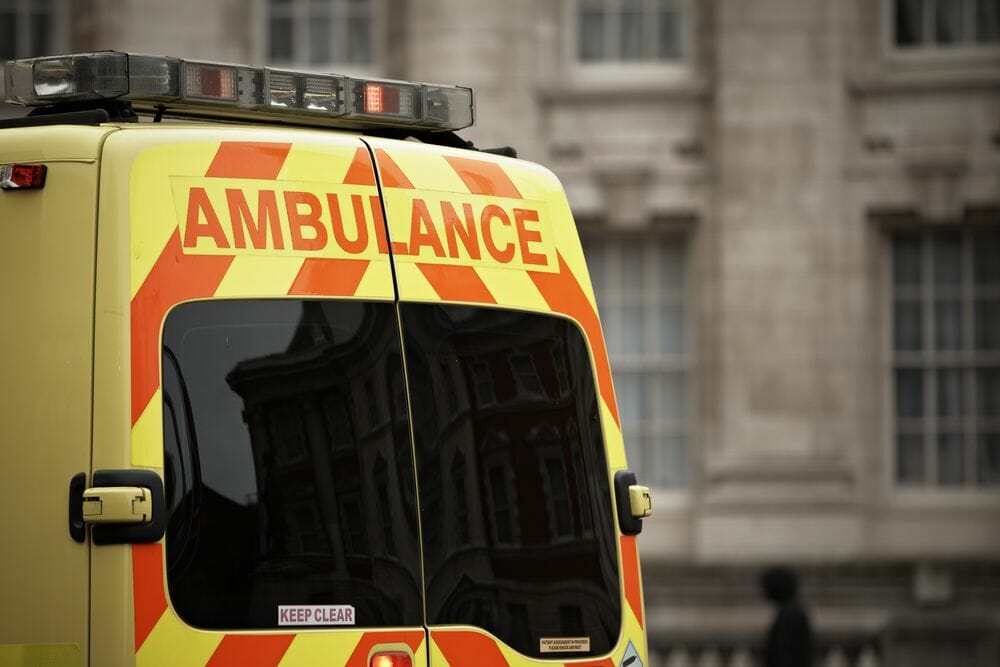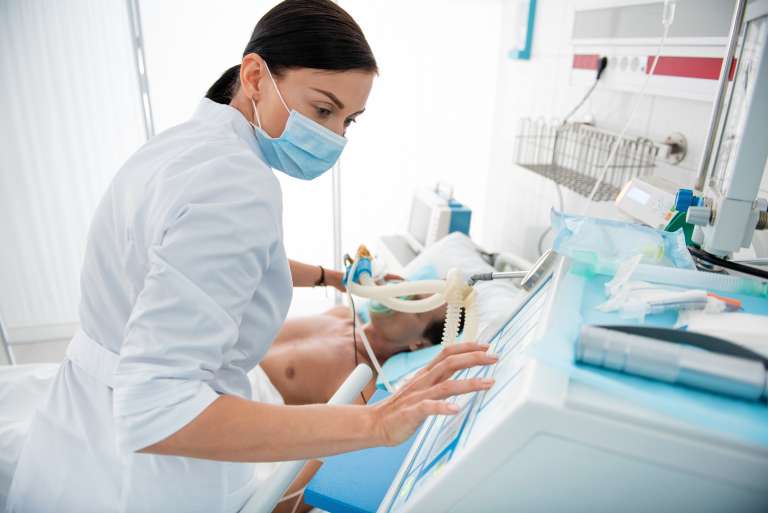A record number of people sought emergency help from the NHS last month as the most intense heatwave since 1976 triggered a surge in people needing medical help.
2.176 million people in England, the most since records began in 2010, went to a hospital A&E unit, walk-in centre or urgent treatment centre. About two-thirds of them, or 1.366 million people, attended an emergency department
“The recent heatwave will have had an impact, but this should not be used to excuse inappropriate resourcing. It should also not come as a surprise that whatever the weather conditions, working in a continually under-resourced and declining system has consequences – all of which are detrimental to our patients,” said Dr Taj Hassan, the president of the Royal College of Emergency Medicine, which represents A&E doctors.
“The continued increase in demand, due to wider system failures and the hot weather has led to patients, and staff, suffering in unbearably hot conditions on wards and in waiting rooms. Long waits are unacceptable at the best of times, but when this is done within systems that are struggling already to cope, this adds to the pressures on staff to be able to deliver safe, effective care.”
While A&E units are often busy in the summer, this is usually because of more people attending with minor illnesses and injuries. This summer’s heatwave led to an increase in the number of patients who needed to be admitted, some because the heat had exacerbated a breathing condition or because they had become dehydrated, which especially affected older people.
In July 28.6% of people who were treated at a hospital-based A&E unit were admitted, up from 27.1% in the same month a year before.
Just 83.5% of the 1.37 million people who attended A&E in July were treated within four hours, well short of the 95% target and the second-worst performance on record.
In another sign of the growing strain on hospitals, 41,553 people were forced to endure a wait” of more than four hours before they were able to get a bed, another large increase from 37,258 in July 2017.
NHS England said: “As temperatures soared, the NHS saw an unprecedented summer surge last month with a record 2.2 million patients attending A&E, and thanks to the hard work of staff nine in 10 people were seen, treated and admitted or discharged within four hours.”





